Why Are Graphite’s Melting Conditions So Extreme?
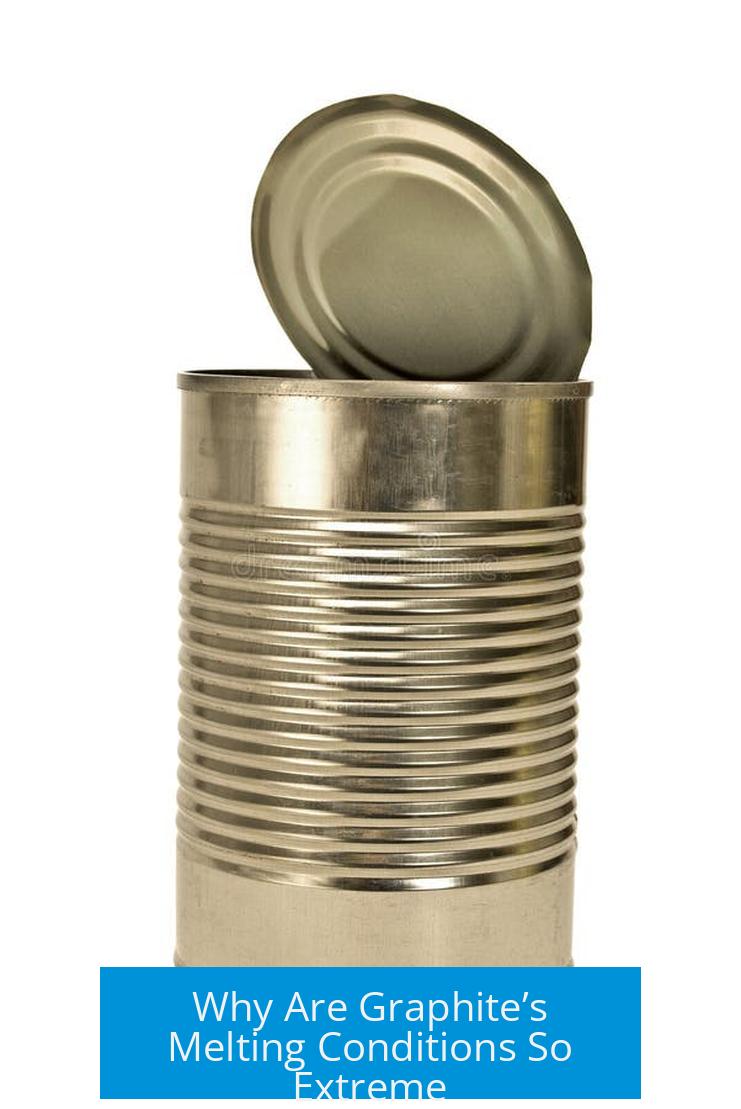
Graphite exhibits extreme melting conditions because it sublimates directly from solid to gas under normal pressure and requires very high pressure to form a liquid phase. Its unique molecular structure, combined with the carbon phase behavior under temperature and pressure, leads to this unusual melting characteristic.
Graphite’s Behavior Under Normal Pressure
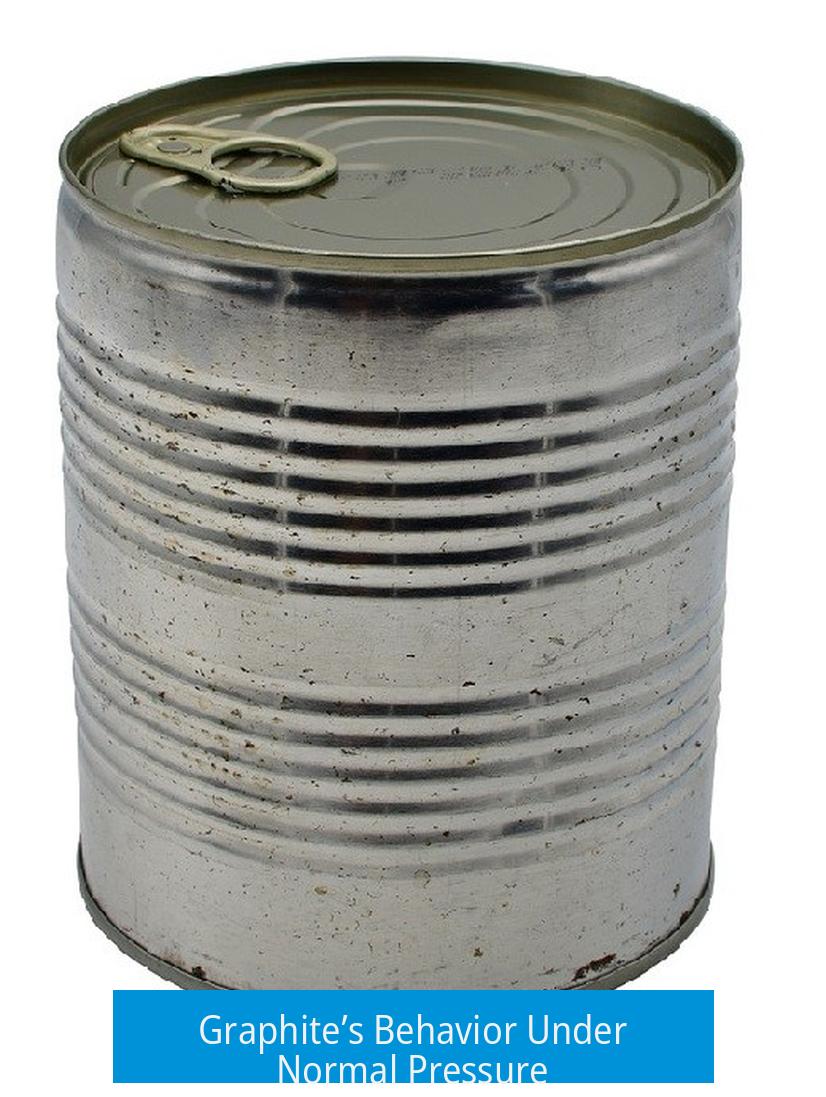
At atmospheric pressure, graphite does not melt. Instead, it undergoes sublimation, a process where it transitions directly from solid to gas. This makes establishing a precise melting point difficult. Measurements in vacuum confirm the absence of a clear melting phase for graphite under standard conditions. The common estimate for graphite’s sublimation temperature is around 3,600°C (6,512°F), revealing its exceptional thermal stability.
Role of Pressure in Graphite’s Melting
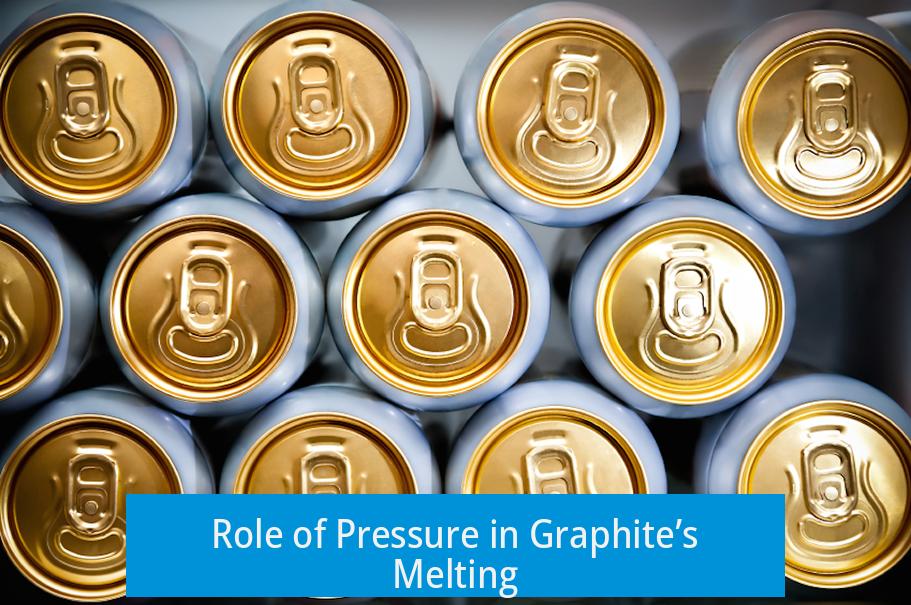
Liquid carbon, including graphite in its molten form, only exists under elevated pressure. Graphite requires over 1.7 gigapascals (GPa) of pressure combined with temperatures exceeding 1700°C to transition to a liquid state. Under these conditions, graphite can also transform into diamond, another structural form of carbon.
The carbon phase diagram highlights critical points where graphite, diamond, and liquid carbon coexist. At pressures below this threshold, graphite sublimates or converts to other forms rather than melting directly. Increased pressure stabilizes the liquid phase and helps maintain structural integrity during melting.
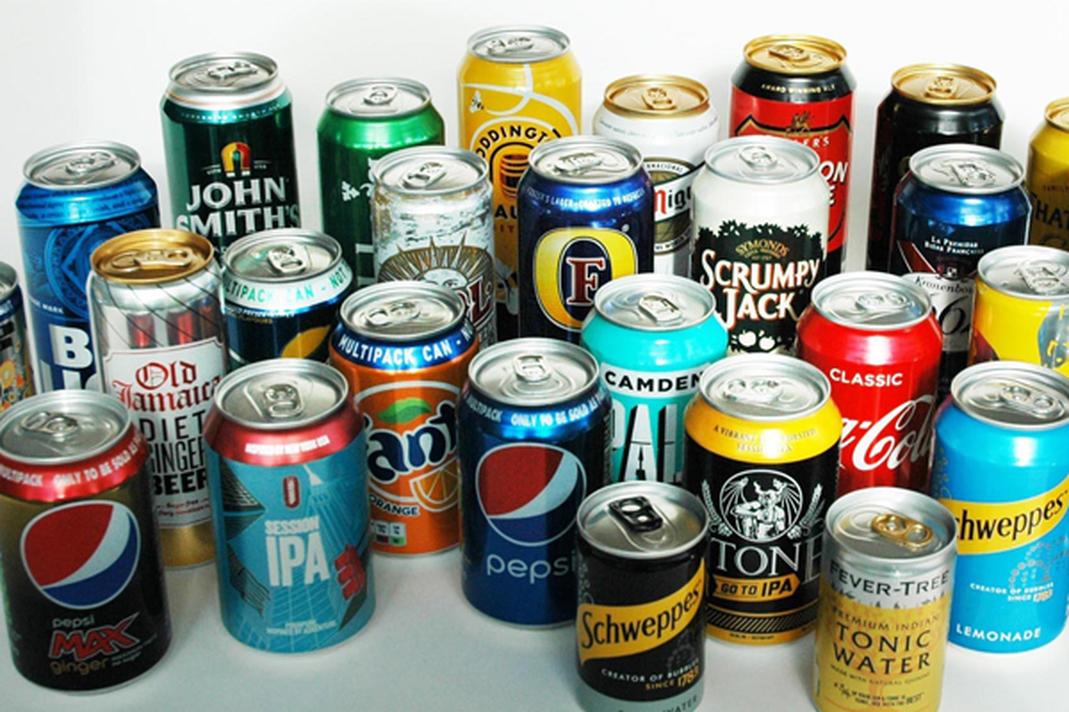
Structural Reasons Behind Graphite’s Extreme Melting Conditions
Graphite’s molecular structure is key to understanding why such extreme conditions are necessary. The carbon atoms are arranged in hexagonal layers. Within each layer, atoms form strong covalent bonds—each carbon atom bonds to three others in a planar structure. These bonds require large amounts of energy to break, resulting in graphite’s high thermal stability.
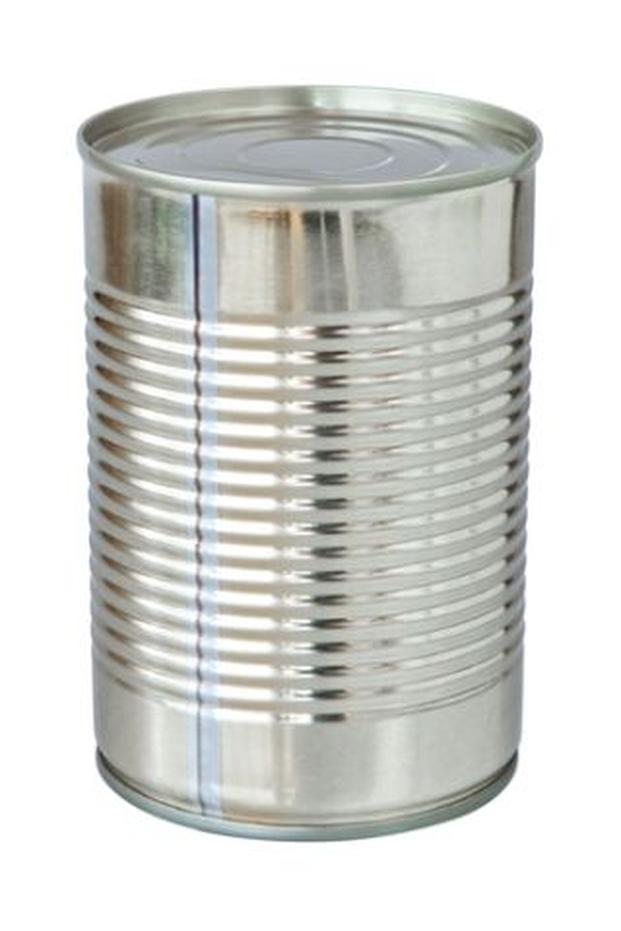
Between layers, however, forces are much weaker. Van der Waals interactions allow these layers to slip, giving graphite its lubricating properties. Yet these weak interlayer forces do not lower the overall energy needed to disrupt the entire lattice. Because breaking the in-plane covalent bonds demands vast energy, graphite’s effective melting point remains very high.
Graphite vs. Diamond: Different Structures, Similar High Melting Points

Though both graphite and diamond are carbon allotropes, they differ in atomic arrangement. Diamond has a three-dimensional tetrahedral network with very strong covalent bonds in all directions, giving it superior thermal stability.
Despite these differences, graphite and diamond can melt at similar temperatures if pressure is controlled. Under high pressure, graphite converts to diamond before melting. Conversely, at lower pressures and high temperatures, diamond can revert to graphite before melting. This phase interchangeance complicates defining a single melting point for either allotrope without considering pressure.
Phase Changes Before Melting
The connection between graphite and diamond phases is pressure-dependent. Before melting, graphite can transform to diamond at high pressure. This phase conversion means that graphite often does not reach a liquid state directly at lower pressures.
The carbon phase diagram displays this interplay clearly, showing the triple point where graphite, diamond, and liquid carbon coexist. This triple point is essential for understanding graphite’s melting since it outlines the temperatures and pressures at which melting or phase transitions occur.
Additional Factors Influencing Graphite’s Melting
- Purity: Impurities can affect melting and sublimation temperatures slightly because defects disrupt the lattice.
- Pressure: Increasing pressure shifts equilibrium and stabilizes phases that aren’t stable at atmospheric conditions.
- Structural Modifications: Prolonged exposure to extreme conditions alters graphite’s physical and chemical properties.
Industrial Importance Due to Extreme Thermal Properties
Graphite’s ability to withstand very high temperatures without melting under normal pressure makes it valuable. It is widely used in applications demanding thermal stability, heat resistance, and excellent thermal conductivity.
Industries such as steel manufacturing utilize graphite electrodes. Its resistance to thermal shock and mechanical strength at high temperatures contribute to these applications. Graphite’s extreme melting conditions directly enable its use in harsh thermal environments.
Summary of Key Points
- Graphite sublimates at normal pressure rather than melting, requiring high pressure to form liquid carbon.
- Its layered hexagonal lattice features strong covalent bonds within planes and weak van der Waals forces between layers.
- High energy is needed to break the covalent bonds, driving an extremely high melting temperature (>3600°C).
- Graphite can transform into diamond before melting under high pressure, altering its melting behavior.
- The carbon phase diagram shows critical pressure-temperature points for phase changes involving graphite, diamond, and liquid carbon.
- Purity and pressure influence melting and sublimation conditions.
- Graphite’s thermal stability underlies its industrial use in high-temperature applications.
Can Someone Explain Why Graphite’s Melting Conditions Are So Extreme?
Graphite’s melting conditions are so extreme because it doesn’t melt under normal pressure; instead, it sublimes directly from solid to gas. To encounter graphite as a liquid, you need very high pressures in addition to high temperature. But why is this the case? Let’s unravel this carbon tale step-by-step and understand what makes graphite’s melting conditions a real head-scratcher for many.
Graphite, a stable form of carbon, stares down temperature like a champ. It doesn’t just melt like ordinary solids do. Its unique atomic dance creates these unusual melting rites. But hold on—there’s a twist: graphite doesn’t really have a typical melting point where it becomes a liquid under normal pressure. Instead, it turns straight into a gas, skipping the liquid phase altogether. This phenomenon is called sublimation. In simpler terms: heat it up and graphite disappears in the smoke without liquefying.
Let’s take a little stop at the molecular structure. Graphite consists of layers of carbon atoms arranged in hexagonal patterns. These layers strongly bond within themselves via covalent bonds, forming a tough network. However, the layers between these sheets are held loosely by weak van der Waals forces, which allow them to slide easily. This layered arrangement is like pages in a book that stick tightly but slide over each other effortlessly.
But what does this mean for melting? Well, those strong covalent bonds inside each layer require a phenomenal amount of energy to break. Breaking these bonds is essential for melting, hence pushing graphite’s melting temperature to an extreme—upward of 3,600°C at atmospheric pressure, theoretically. Yet, under normal atmospheric pressure, graphite simply prefers to switch straight into gas. The energy needed to break the bonds and transition into liquid form is so high, the material jumps to vapor instead.
The plot thickens when pressure enters the story. **Apply enough pressure—about 10,000 times atmospheric pressure or more—and things change dramatically.** This high pressure stabilizes the liquid phase of carbon, forcing graphite into a liquid state before it turns gaseous. Without it, graphite stubbornly refuses to melt, no matter how much heat you throw at it.
Graphite vs. Diamond: The Great Carbon Face-Off Before Melting
Now, if you thought diamond and graphite were polar opposites, the story gets interesting. Both are carbon’s forms but behave differently at high temperatures and pressures. Yet, their melting conditions actually converge under equal pressures. If heated at the same pressure, diamond and graphite melt at the same temperature. Fascinating, right?
Before melting, there’s a shape-shifting surprise: at high pressures, graphite converts to diamond. Conversely, at lower pressures, diamond transforms back to graphite. This carbon shapeshifting is a privilege of their interconnected carbon bond network that reacts to heat and pressure changes.
Why do these phase changes matter? Because the pressure needed to keep diamond stable when heated is significantly higher. The difference in melting temperature we observe is largely due to the shifting pressure keeping the forms intact until melting occurs.
So, What Does the Carbon Phase Diagram Tell Us?
Peeking at the carbon phase diagram reveals crucial facts. It maps out regions where graphite, diamond, and liquid carbon exist, and the conditions that prompt transitions. Notice those intersection points where graphite, diamond, and liquid carbon meet. These are the “triple points,” where temperature and pressure coax carbon into one of the three phases.
At lower pressures, graphite’s melting happens at much higher temperatures and usually skips the liquid phase (hence the sublimation). When pressure rises, the liquid state becomes attainable, and the graph shifts—the line for graphite’s melting drops to accessible ranges, letting graphite melt rather than just sublime.
Pressure: The Secret to Graphite’s Extreme Melting
Here’s the kicker. Under everyday conditions, heat only sends graphite into a gas phase because the energy barriers to forming liquid carbon exceed the limits of ambient pressure.
To stabilize a liquid, the system must push carbon atoms closer together. This crowding prevents immediate vaporization and supports a liquid structure. So, extreme pressure is the furnace that makes this possible. Without pressure, liquid carbon is like a mirage—always out of reach.
Industrial Importance: Why Understanding Graphite’s Extreme Melting Matters
Now, you might wonder if all this extreme heat talk is just for show. Far from it! Graphite’s unique heat resistance makes it invaluable for high-temperature applications.
Graphite is used extensively in steel production, lubricants, batteries, and even nuclear reactors because it can withstand intense heat and thermal shock. Its thermal conductivity helps manage heat in industrial processes. Knowing its melting and sublimation traits guides engineers and chemists in designing systems that harness graphite’s strengths safely and effectively.
Graphite’s Thermal Stability—Unmatched and Unpretentious
Graphite is a thermal superhero, thanks to those strong covalent bonds in its layers. This stability means it won’t suddenly break down under high heat, ensuring reliability in harsh environments.
Imagine materials that just give up or melt at the slightest heat spike. Graphite laughs in the face of such threats—ideal when processes hit thousands of degrees Celsius.
Practical Tips and Takeaways
- If you’re working with graphite or designing systems with it, remember: expect sublimation, not melting, at low pressures.
- To experiment with liquid carbon, you’ll need to replicate extremely high pressure conditions—think lab-grade equipment or natural environments like deep inside the Earth.
- Graphite’s layered structure allows it to conduct heat well while resisting thermal damage, perfect for high-temperature tools and parts.
- When considering graphite in manufacturing, factor in its purity and defects; these can tweak its melting and sublimation behaviors moderately.
Wrapping Up the Carbon Conundrum
Graphite’s extreme melting conditions boil down to its molecular charm and stubbornness. Its **incredible covalent bonds inside robust layers demand huge chunks of energy to break.** At typical pressures, it refuses to melt, choosing sublimation’s escape route instead. Only under massive pressure does liquid carbon emerge, enabled by the squeeze stabilizing the atomic bonds in liquid form.
Its relationship with diamond—another carbon cousin—is a fascinating dance of phases shaped by pressure and temperature changes. The phase diagram is a treasure map guiding scientists through these transformations.
For anyone fascinated by materials science, graphite’s extreme melting story isn’t just theory; it’s a practical guide to harnessing carbon’s power in technology and industry.
So, next time you hold a graphite pencil, remember it’s composed of atoms bonded in a nearly unbreakable hexagonal fortress. You’re gripping a piece of carbon that can handle heat hotter than most earthly fires without melting a drop.
“Graphite’s melting process isn’t a simple heat-up-and-melt tale. It’s a high-stakes drama starring pressure, atomic bonds, and carbon’s ability to shape-shift under intense conditions.”
Why does graphite require high pressure to melt instead of melting at normal conditions?
Graphite sublimes at normal pressure, turning directly from solid to gas. To get it to melt into liquid carbon, high pressure above 1.7 GPa is needed.
How does graphite’s molecular structure cause extreme melting conditions?
Graphite’s carbon atoms form strong covalent bonds in hexagonal layers. These bonds require large energy to break. Weak forces between layers let them slide but don’t affect melting much.
Why doesn’t graphite have a clear melting point under vacuum?
Graphite tends to sublime instead of melting in vacuum, so a distinct melting point is not observed. Liquid graphite forms only under high pressure and temperature.
What happens to graphite at very high pressure before it melts?
At very high pressure, graphite changes phase into diamond before it melts. The phase diagram shows this transformation occurs near the melting point at specific pressures.
How does purity affect graphite’s melting point?
Graphite’s melting point is very high but can vary slightly with purity and pressure. Impurities may lower thermal stability and alter melting behavior.


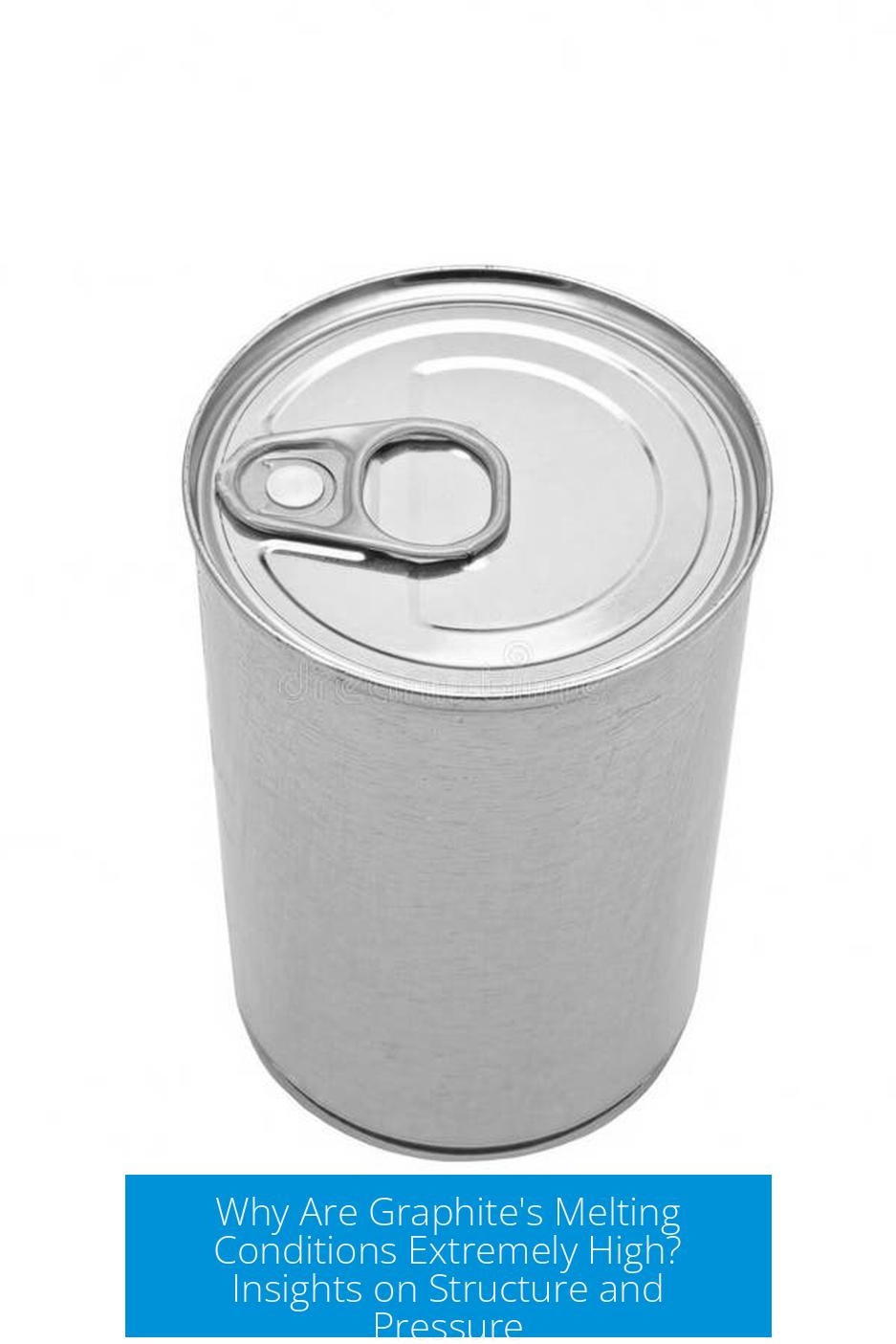

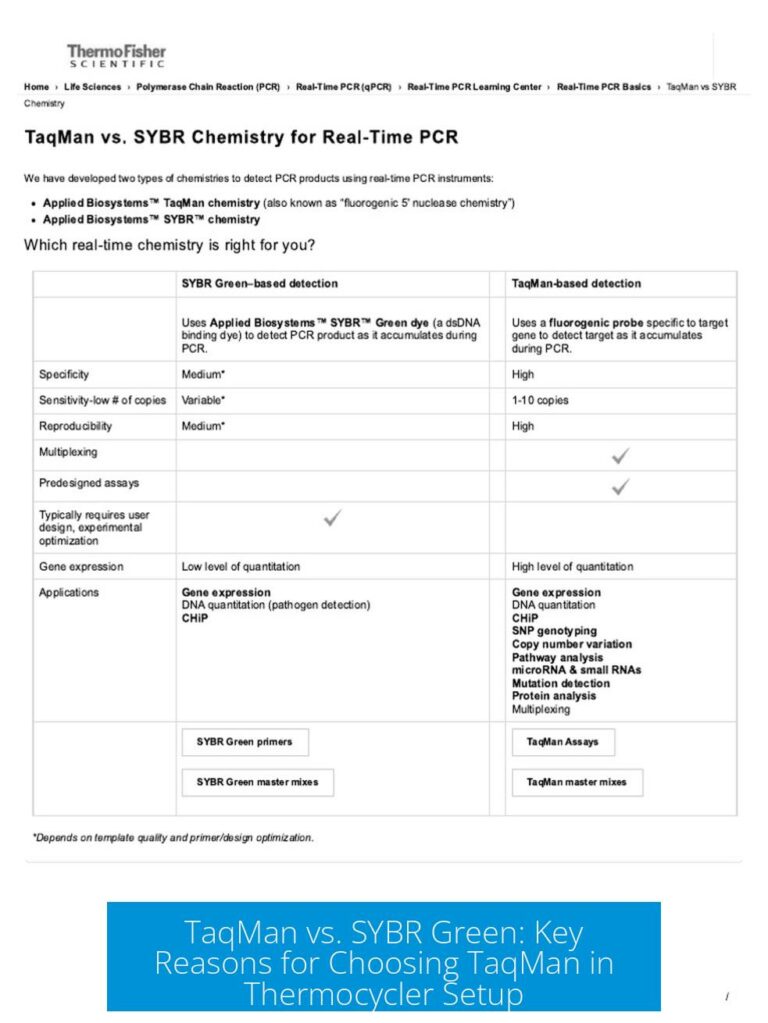
Leave a Comment